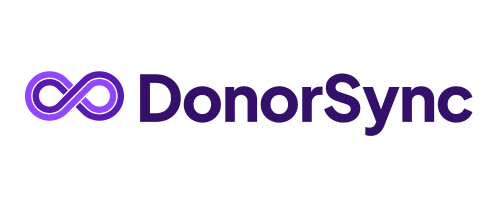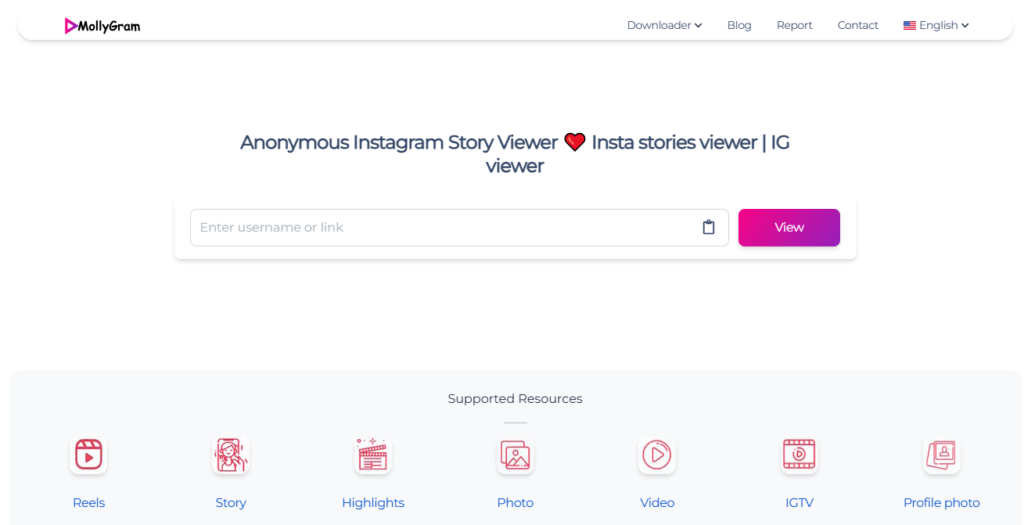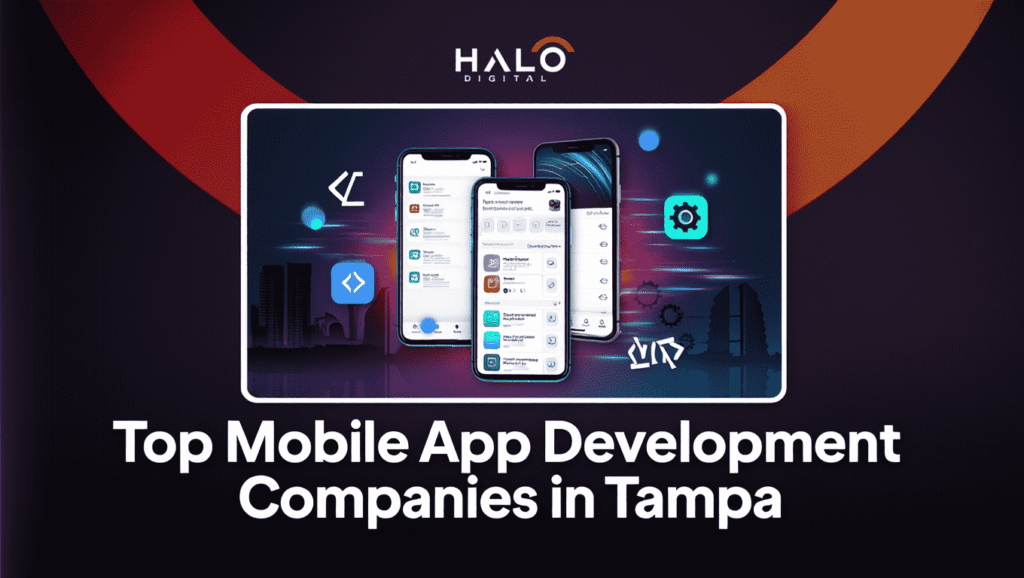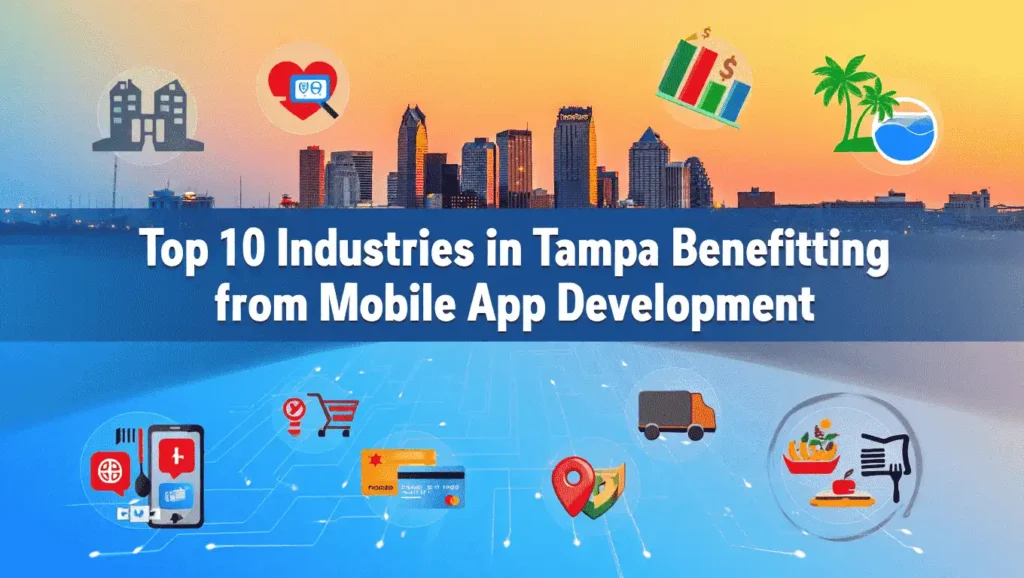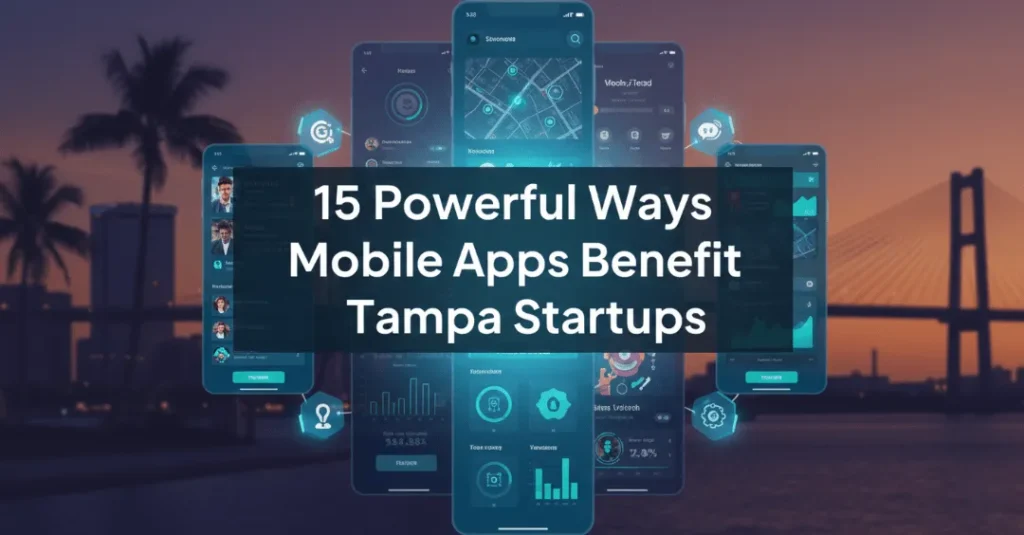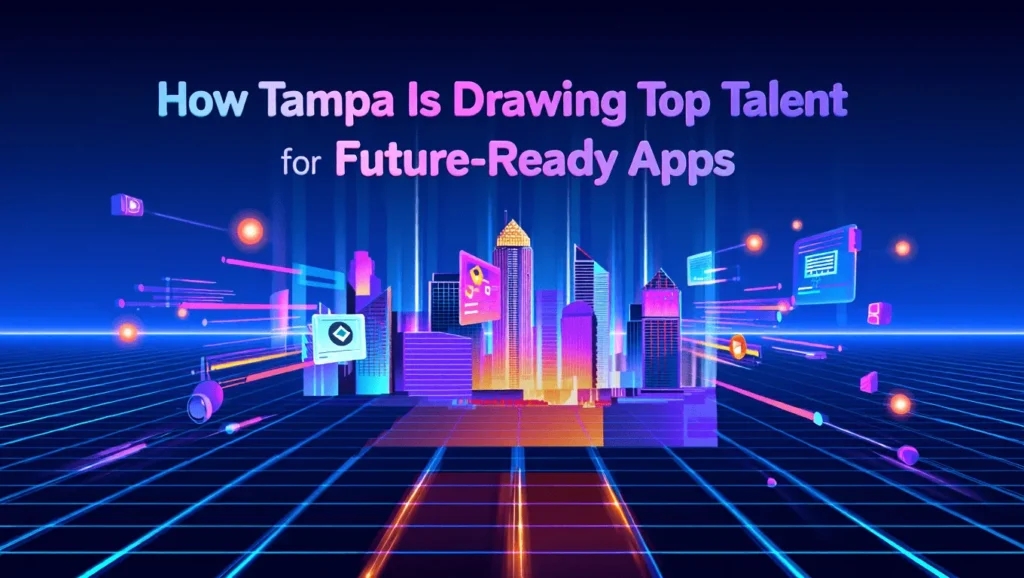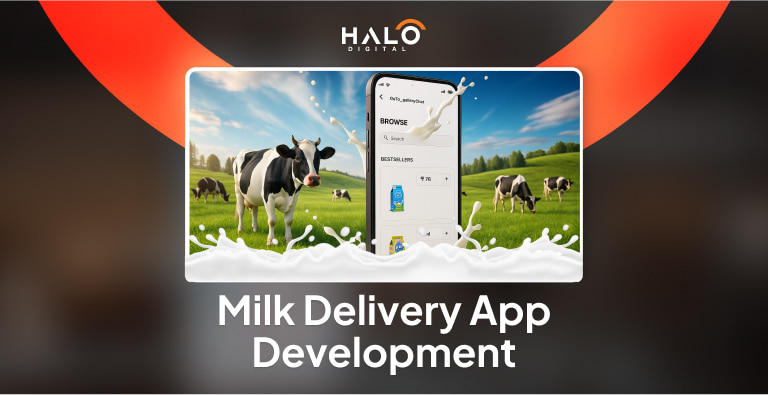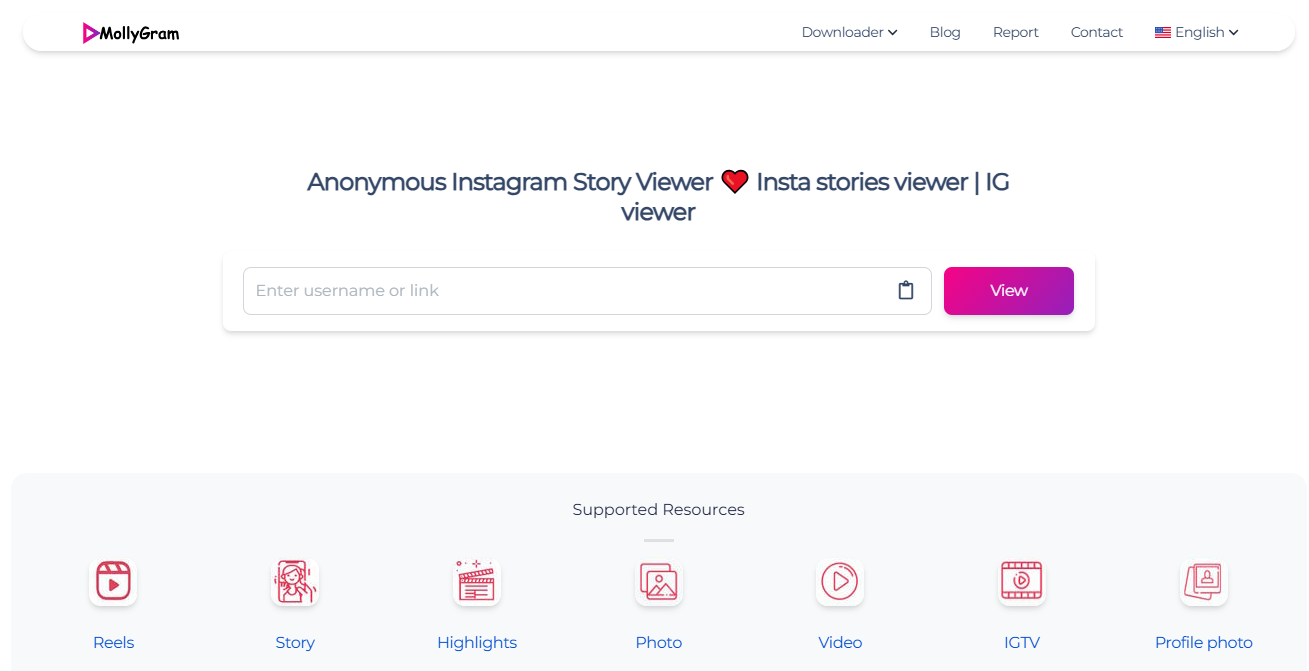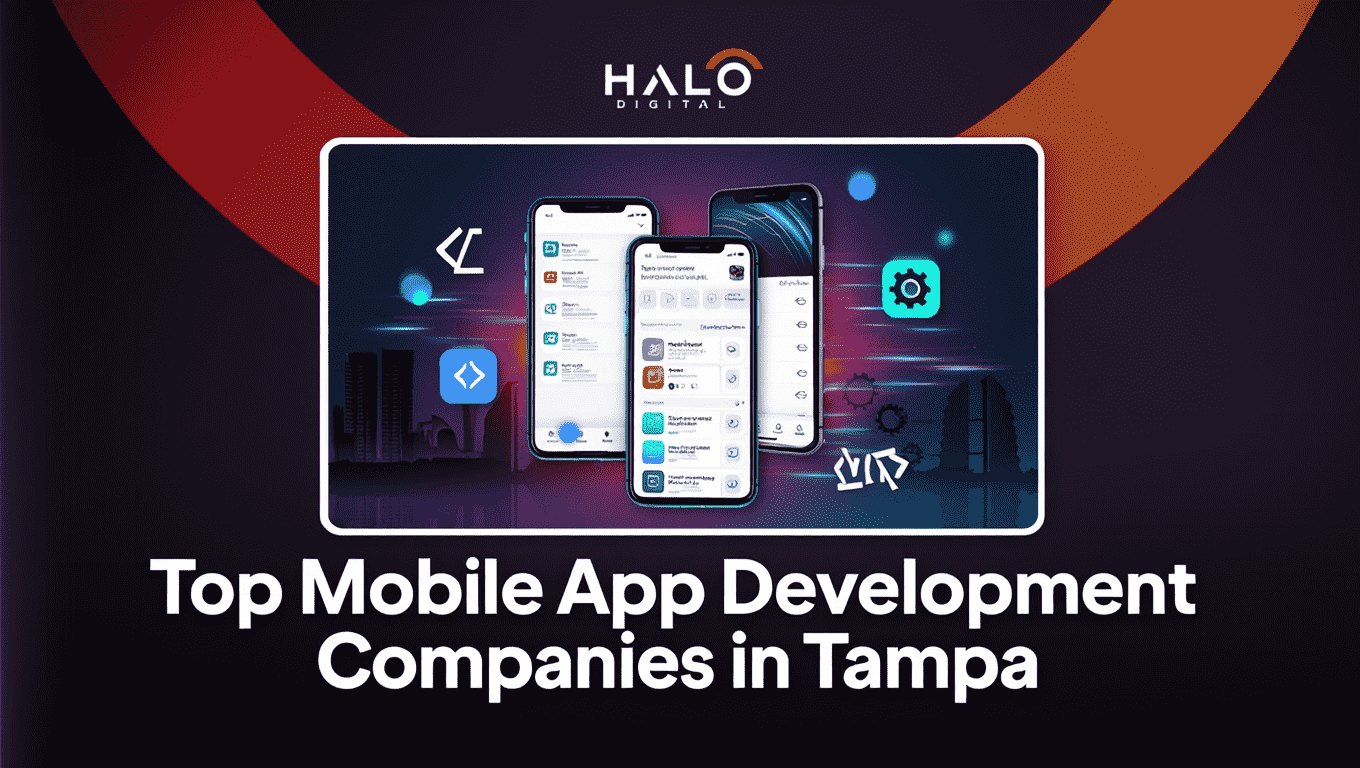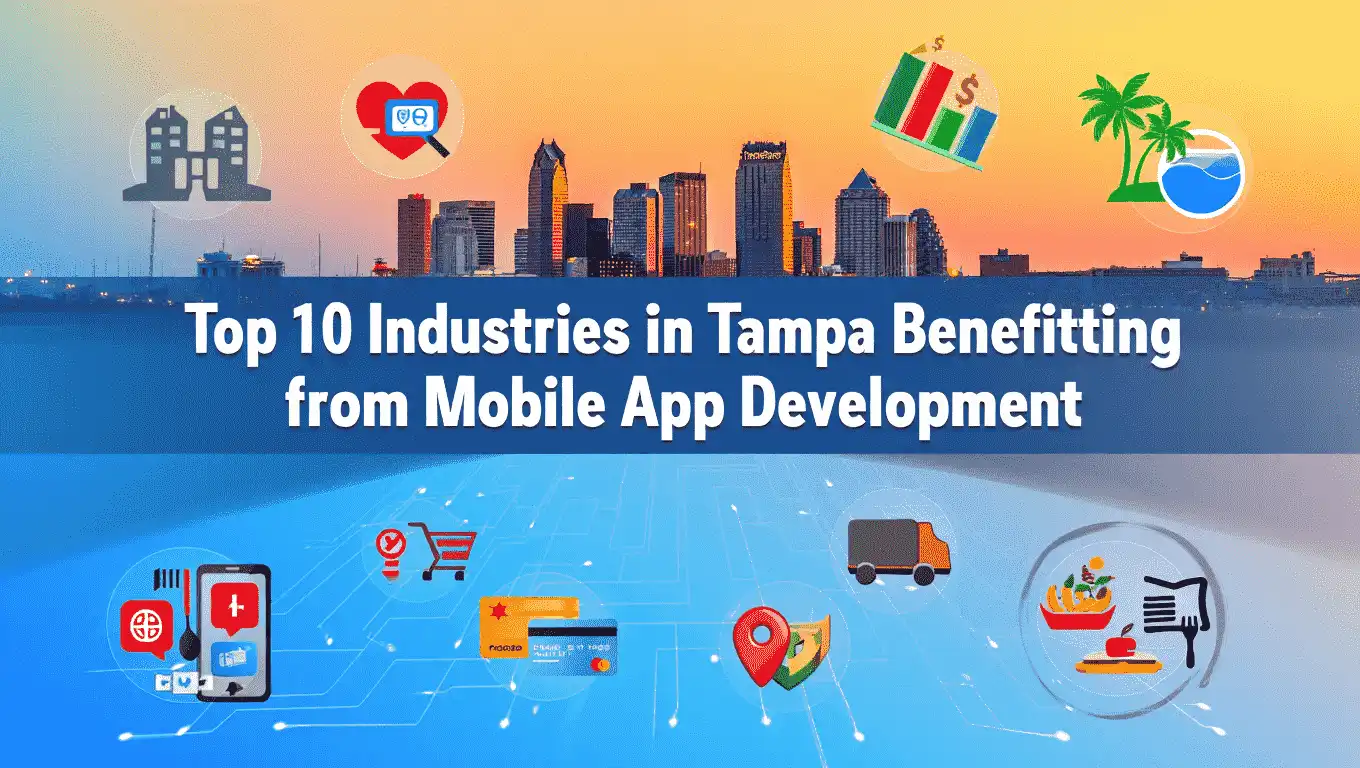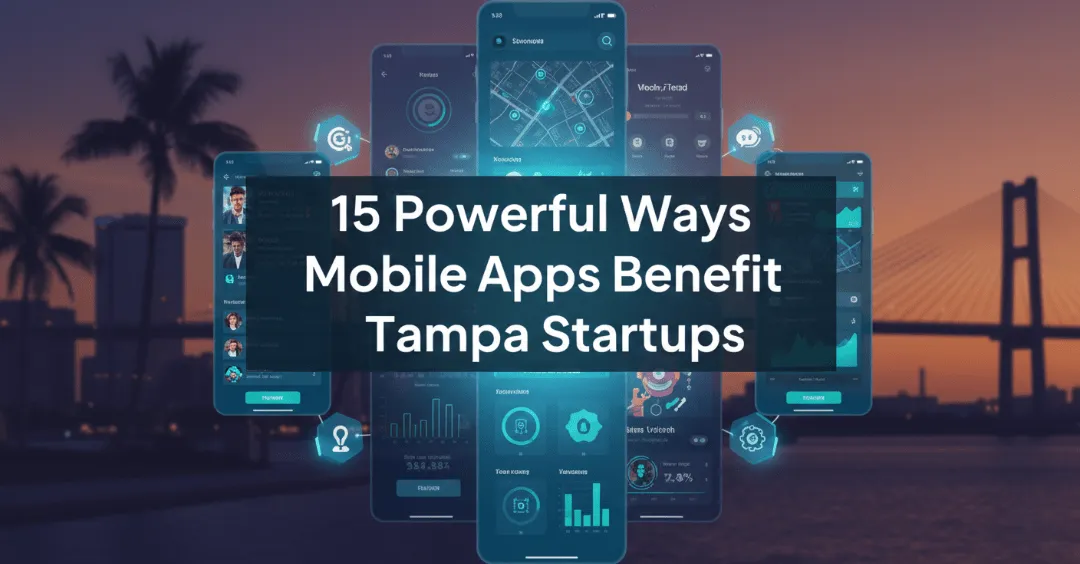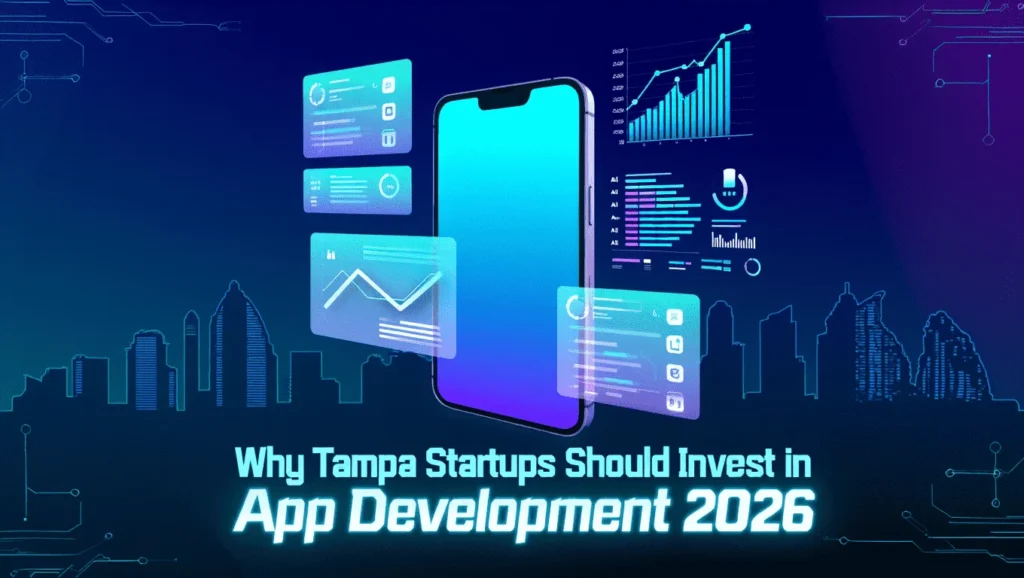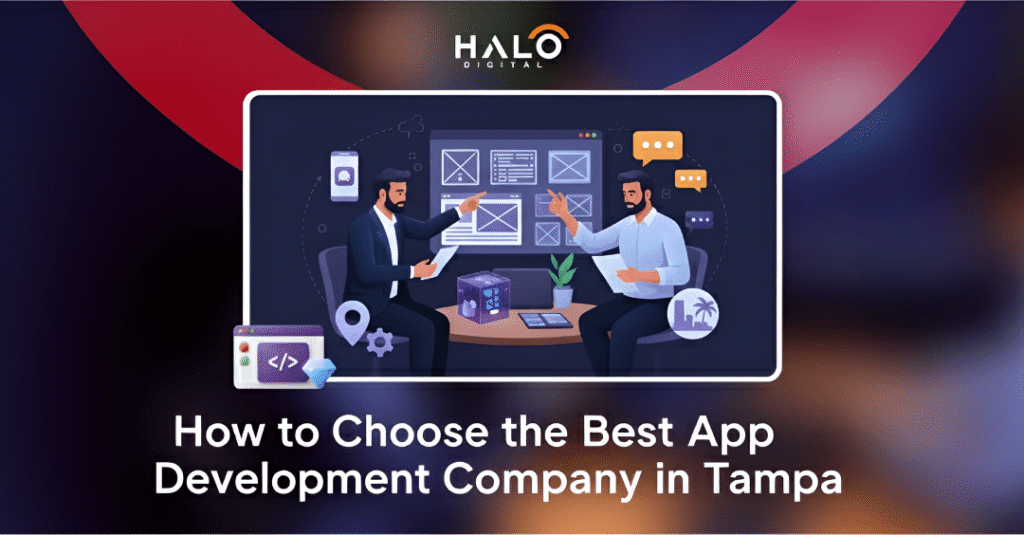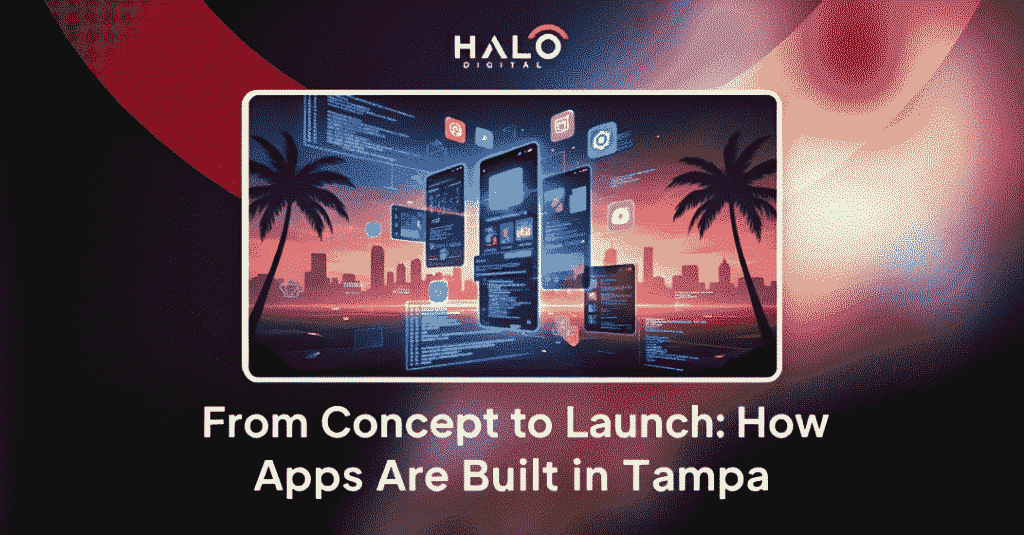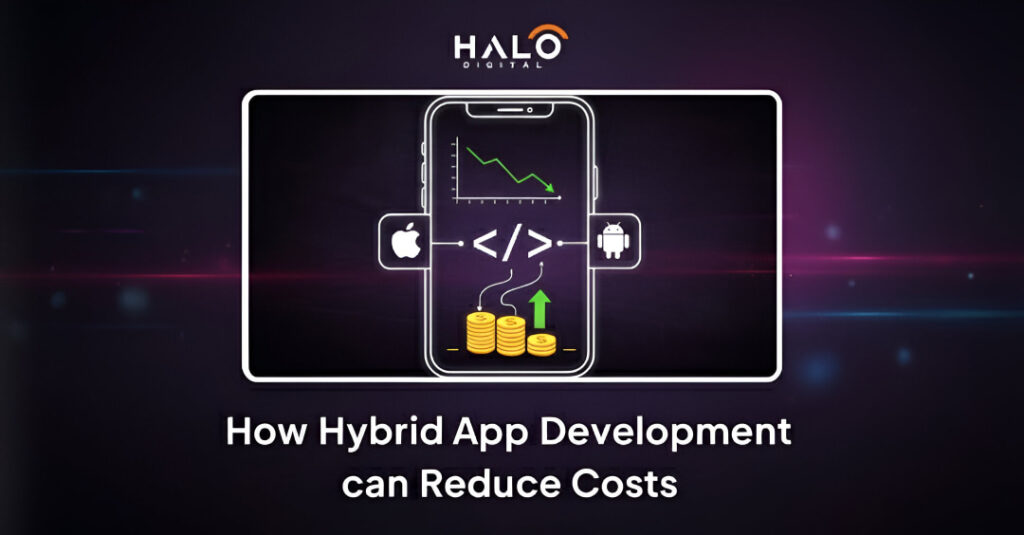The demand for fresh milk on the doorstep is growing. In fact, the market of milk deliveries is expected to grow to $7.2 billion by 2033.
It is projected to grow at a steady rate of 8.5 percent. With increasing consumer demand for convenience and healthier options, it’s the ideal moment to invest in a milk delivery app.
Customers don’t like to wait in long lines or depend on delivery systems that are manual.
Instead, they want the convenience of automation, consistency, and convenience at the doorstep.
This is the point at which milk delivery app development steps into the equation.
They are changing traditional supply chains for dairy into scalable, digital, and user-centric systems.
If you’re planning to develop a milk delivery app like MilkBasket, or planning to launch an enterprise focused on hyperlocal distribution of dairy products, the purpose-built mobile application can help improve efficiency, increase customer retention, and boost profits.
Why Milk Delivery Apps Are Gaining Popularity in 2025
The industry of dairy delivery is becoming more technologically savvy and flexible to changing lifestyles. Let’s examine the reasons behind this expansion:
Convenience and Daily Necessity
Milk is a daily-use product. And having it delivered at your doorstep without fail is a core convenience modern consumers value.
An app automates this recurring need, ensuring timely deliveries every morning.
Growth in Hyperlocal and Subscription-Based Commerce
Milk delivery is an ideal fit for the model of hyperlocal commerce. A lot of milk delivery app development companies are now focusing on small urban areas to provide early-morning or same-day delivery via optimized routes.
Subscription-based delivery guarantees regular revenue as well as high retention of customers.
Changing Consumer Expectations and Lifestyle Trends
People are increasingly conscious of their health and are demanding high-quality, fresh-from-the-farm products.
They want immediate tracking, online payments, and seamless customer service. All of this is provided by the latest milk online delivery app development.
Business Models for a Milk Delivery Mobile App
Understanding which business model to choose can shape the app’s structure, monetization, and success. Each model has its own set of operational needs, revenue potential, and scalability options.
Selecting the right one depends on your target market, business goals, and available resources.
Dedicated (Single Brand) Model
This model is ideal for established dairy brands that wish to sell their products directly to customers without intermediaries. It gives you full control over the product’s quality and prices as well as customer service and delivery logistics.
It allows you to build loyal customers with customized subscriptions, targeted promotions, and consistent delivery experience.
Marketplace (Aggregator) Model
Marketplaces allow numerous dairy producers to list their products on the app, giving customers a greater selection. The platform generates revenue from charges for listings, commissions, or subscriptions.
This model grows faster and attracts more customers. However, it requires thorough vetting of inventory management and dispute resolution methods.
Hybrid or Franchise-Based Model
A hybrid model blends branded control and third-party collaborations. Your app will maintain a consistent branding experience while working with local franchisees or dairies to fulfill orders.
This permits regional scalability as well as cost-sharing and operational flexibility. All of this is done while maintaining consistency in quality, price standards, and trust among customers across different regions of service.
Key Features to Include in Your Milk Delivery App
Successful milk delivery mobile app development is dependent on features that are geared towards the user. Here’s a breakdown of features by user type:
Panel | Feature |
Customer Panel Features | Sign up and log in with ease. |
The catalog of products and the daily subscription options | |
Order scheduling, pause/resume and pause/resume functions | |
Delivery Tracking | |
Multiple payment options | |
Invoices and order history | |
Delivery Agent Features | Delivery route and schedule as assigned. |
Route optimization using maps | |
Real-time delivery status updates | |
Details of the payment and wallet | |
Admin Dashboard Features | Management of orders and users |
Controlling inventory and products | |
Delivery monitoring and performance metrics | |
Promotions and provide management | |
Vendor/Dairy Partner Panel (If Aggregator) | Updates on stock and product listings |
Status of fulfillment and tracking orders | |
Commission and payment insights | |
Management of feedback and rating |
Advanced Functionalities for Competitive Edge
To grow your milk delivery app in a crowded market, you need smart features. They help keep customers happy, make daily operations smoother, and support your business as it scales.
Schedule & Recurring Delivery Options
Let customers automatize their preferences regarding milk delivery by choosing between daily or alternate-day delivery times. This helps to increase engagement over time and guarantees regular deliveries to customers.
Real-Time GPS Tracking
The customer will have full access to their order’s progress through the use of GPS-enabled tracking. This improves trust among customers and increases transparency in delivery. It also aids in optimizing routes to ensure timely delivery.
Smart Inventory & Subscription Management
Make use of AI to identify trends in demand and automatically adjust levels of inventory. This prevents spoilage, guarantees timely delivery, and simplifies administration for dairy producers and app owners.
CRM & Customer Behavior Analytics
Examine customer preferences and purchase patterns to tailor the offers, increase loyalty programs, and provide an experience that is more customized for the user.
Multiple Payment Gateways & Wallet Integration
Incorporate major payment options such as digital wallets, credit/debit cards, UPI, cash-on-delivery, and so on. This increases the convenience of customers and meets every user’s preferences to ensure seamless checkout.
Push Notifications & Offer Management
Inform users instantly regarding delivery status, orders, special discounts, or payment reminders. These customized messages increase conversions and encourage users to return.
Multilingual & Multi-Currency Support
Expand your reach by offering different currencies and languages. This lets the app be available to many users and makes it perfect for expanding across different regions or countries.
Voice Search and PIP (Picture-in-Picture) Support
Increase user convenience by using the ability to search by voice for items and delivery information. Picture-in-picture lets users track delivery status while simultaneously working outside of the application.
Benefits of Developing a Milk Delivery App
Milk delivery apps can provide powerful advantages to both consumers and dairy businesses. The combination of convenience, automation, and personalization into one system will give the most benefits to everyone.
For Consumers
Customers have a smooth experience, with a consistent and punctual service. The benefits are numerous:
- Daily delivery to your doorstep of dairy and fresh milk products.
- The flexibility of subscriptions to pause, skip, or change the date of delivery at any time.
- A wide range of brands and different types of milk (organic, low-fat, full cream, and low-fat) and many various dairy items.
- In-app discounts and offers to make it easier for users to save money on their recurring purchases.
- Real-time tracking to update orders and transparency of delivery.
- Numerous payment options, such as digital wallets, cards, UPI, and COD.
For Dairy Businesses
Companies gain efficiency in their operations and better customer relations. Benefits include:
- Automated route scheduling and real-time tracking to simplify delivery processes.
- Better retention of customers through reward programs and reminders and subscriptions with flexible terms.
- Less manual effort to manage invoices, orders, and schedules.
- Better forecasting of demand and inventory control by using real-time data-driven insights.
- A platform that can scale to accommodate more customers without adding the operational burden.
- Enhance brand image through offering the latest, technologically driven customer experience.
Monetization Opportunities in Milk Delivery Apps
Milk delivery apps aren’t only service platforms; they’re revenue generators. By implementing smart strategies, businesses can create multiple revenue streams.
Tiered Subscriptions and Loyalty Programs
Create monthly or annual subscription plans that offer perks such as free delivery and exclusive discounts, priority support, and early access to deals.
You can also include programs to reward loyal customers with points, promoting regular usage and long-term retention of customers.
Partner Listings and Sponsored Placements
Vendors and dairy companies are able to pay for an exclusive position within the app, such as being featured on the first page of search results for product search results or on the homepage.
This improves the visibility of their brand and increases sales, while also generating steady revenues from advertising for the app.
Delivery Fee or Service Charges
Set a minimal cost for per-order deliveries, focusing on delivery in remote areas or for urgent delivery. It is also possible to include a price for surge deliveries during peak hours.
Moreover, you can offer free delivery above a certain order value, balancing user experience and profitability.
Ads in-App and Affiliate Products (Bread Eggs, Bread, etc.)
Advertise affiliate products or third-party items such as eggs, bread, or food items through banner advertisements or cross-selling.
These add-ons can increase the value of the cart while also generating additional revenue through advertising partnerships and affiliate commissions.
How to Develop a Milk Delivery App: Step-by-Step Process
Here’s a rundown of the complete online milk delivery software app development process:
Step 1 – Conduct Market & Competitor Research
Study local consumer habits as well as delivery expectations and pricing points. Examine the most popular apps, such as MilkBasket and Country Delight, to identify feature areas, marketing strategies, and preferences of users in your area.
Step 2 – Choose the Right App Model
Decide between a dedicated, aggregator, or hybrid model. Your choice will impact app architecture, vendor management, and user flow depending on your business goals, size, and delivery operations.
Step 3 – Define Your Feature Set and Subscription Logic
Define the essential features, such as registration, order management, and monitoring. Also, create daily and weekly subscription plans, customized plans, and flexibility for users.
Step 4 – Wireframing and UI/UX Design
Plan out your screens, identify user routes, and prioritize easy navigation. Concentrate on clear layouts, easy access to essentials for daily use, and a user-friendly interface.
Step 5 – App Development by Modules
Break development into modules: customer panel, delivery agent, and admin dashboard. Utilize the Agile methodology to ensure continuous testing, more frequent updates, and smoother collaboration between frontend, design, and backend departments.
Step 6 – Testing Across Devices and Use-Cases
Perform extensive QA testing on both iOS and Android platforms. Simulate different network conditions, payment failures, and user actions to ensure a seamless, bug-free experience for all stakeholders.
Step 7 – Launch, Promote, and Get Initial Feedback
Start by launching a limited release in specific areas. Collect real-time feedback from your users to correct usability issues. Then, refine your marketing strategy for a wider launch and ongoing acquisition of users.
Step 8 – Regular Updates and Feature Enhancements
Post-launch, make regular updates to include new features, enhance performance, and fix issues. Use usage data to guide the product’s decisions and increase satisfaction of customers over time.
Technology Stack Required for Milk Delivery App Development
A good tech stack will ensure the smoothest performance and maximum scalability.
Layer | Technologies |
Frontend (User Interfaces) | React Native, Flutter, Swift, Kotlin |
Backend and Database | Node.js, Django, MongoDB, PostgreSQL |
APIs and Integrations | Google Maps, Twilio, Razorpay, Stripe |
Payment & Subscription | PayPal, Stripe, Razorpay, Braintree |
Notifications & GPS | Firebase, OneSignal, Mapbox, HERE Maps |
Frontend (User Interfaces)
Utilize React Native or Flutter to develop cross-platform applications. Native code is more efficient and faster.
Backend and Database Management
Node.js or Django for backend systems that can scale and PostgreSQL or MongoDB to store data.
APIs and Integrations
Use APIs to get GPS as well as payment SMS and push notifications.
Payment Gateway and Subscription Engine
Integrate reliable, recurring billing software such as Stripe and Razorpay Subscriptions.
Real-Time Notification and GPS Stack
For push notifications, Firebase; Mapbox or Google Maps for services for location.
Project Manager and Product Strategist
Supervises the entire project making sure that the project is executed on time, features conformity with business objectives and efficient communication between the team members.
UI/UX Designer
Creates wireframes, prototypes, and user journeys in order to provide a seamless, enjoyable, and user-friendly experience for all types of devices and users.
Frontend and Backend Developers
Develop the app’s interface and backend systems. This will ensure safe data handling, speedy execution, and seamless interactivity across all modules of the app.
QA Tester
Conducts thorough testing on a variety of devices and situations to find and fix bugs, making sure the app functions flawlessly before launch.
DevOps and Support Team
Manages app deployment and continuous integration, maintenance of servers, and post-launch assistance to ensure stability of the app and satisfaction of customers.
Cost Breakdown: How Much Does Milk Delivery App Development Cost?
The cost to develop a milk delivery app differs based on the size, location, and the technology employed.
Region | MVP Cost | Full App Cost |
US | $35,000-$70,000 | $80,000-$150,000 |
Europe | $30,000-$60,000 | $70,000-$130,000 |
Asia (India, Pakistan, etc.) | $12,000-$25,000 | $30,000-$60,000 |
Cost by Region (US, Europe, Asia)
Development costs vary widely by region. In the US or Canada, expect $100,000-$150,000 for a full-featured app.
Europe ranges around $80,000-$120,000, while Asia (India, Pakistan) can deliver high-quality builds for $25,000-$50,000, making it a popular choice for startups.
Cost by App Type (MVP vs Full Product)
The MVP (Minimum Viable Product) comprises only the most important features, such as ordering, login, and delivery schedules. This costs between $15,000 and $30,000.
A fully-fledged product that includes subscriptions as well as analytics, GPS, and CRM could cost between $50,000 and $120,000 depending on the complexity and scope.
Ongoing Maintenance and Feature Updates
After launch, you can expect the annual maintenance to be between 15% and 20% of the initial development costs. This will include fixing bugs, server costs, feature enhancements, and OS updates.
The pricing will range from $5,000 to $25,000 annually depending on the size of the app and its infrastructure.
Real-World Examples of Milk Delivery Apps
These platforms have helped to digitize dairy delivery, demonstrating how technology can increase the efficiency, consistency, and loyalty of customers in the supply chain of milk.
MilkBasket
MilkBasket is a delivery platform that is operating in the major Indian cities. It provides milk and other essentials at 7 AM every day and is available even if orders are placed before midnight.
It is known for its no-minimum ordering policy and subscription-based model that guarantees consistent early morning delivery and is extremely efficient in the logistics of the last mile.
Country Delight
Country Delight differentiates itself by offering fresh, farm-fresh milk that has full traceability. Customers are able to see the origin of their milk and the quality of it.
The company has earned trust by ensuring the highest quality prompt delivery, as well as an intuitive interface for its app. It also offers dairy products, including curd, paneer, and ghee.
DailyNinja
DailyNinja began in the form of a dairy delivery service, which was partnered with local milkmen as well as vendors. It offered a simple application for managing daily deliveries and subscriptions.
The company was purchased by BigBasket, and they expanded its services. It became part of a larger food delivery service while keeping its subscription-based services as a niche.
BigBasket (Dairy Section)
BigBasket provides dairy products as part of their wider service of grocery delivery. Customers can choose to subscribe to weekly or daily deliveries or purchase one-time items.
With a variety of dairy brands, different pricing, and reliable logistics, it is a great choice for urban families who want convenience and quality all in one place.
Amazon Fresh & Other Aggregators
Amazon Fresh and similar platforms such as Blinkit or Zepto provide milk delivery within their rapid business model. They are focused on speed and accessibility and deliver essentials such as dairy in just a few hours.
These platforms make use of technology and scale to attract urban customers who want an online store that is a one-stop shop for all of their necessities.
FAQs
How do milk delivery apps handle daily logistics?
Milk delivery apps streamline daily logistics using automated route optimization, GPS tracking, and smart subscription logic to ensure timely deliveries and efficient resource management across all delivery zones.
What subscription features are most requested?
Customers love features such as the daily schedule and skip/pause option with auto-renewal. They also prefer customizable delivery times to fit their needs and prevent unnecessary delays or wasted delivery times.
Can small dairies afford app development?
Yes, small dairies can start with a Minimum Viable Product (MVP) or partner with specialized milk delivery app developers offering budget-friendly, scalable development models over time.
What sets successful milk apps apart from regular delivery apps?
The best milk apps are precise in their schedules, subscription management, and control of cold chain supply. Most importantly, they ensure fresh deliveries every day. Contrarily, regular delivery apps lack specific logistics for dairy products.
Final Thoughts: Milk Delivery App Development
Milk delivery app development is no longer a niche; it’s a fast-growing, technology-driven industry. With a mix of automation, smart logistics, and subscription-based delivery, dairy businesses can transform their operations and meet growing consumer needs.
Whether you are a local dairy, a startup, or an investor, partnering with the right milk delivery app development company ensures your application is scalable, secure, and user-centric.
Ready to launch your own milk and dairy delivery app? The time to build is now.

Abdullah Mangi is an SEO strategist and content writer with 5 years of experience helping businesses grow online. He writes about programming, tech, online business, and practical how-to topics. Abdullah has worked with clients in SaaS, software development, web design, link building, yacht rentals, gardening, car rentals, and recruitment.






